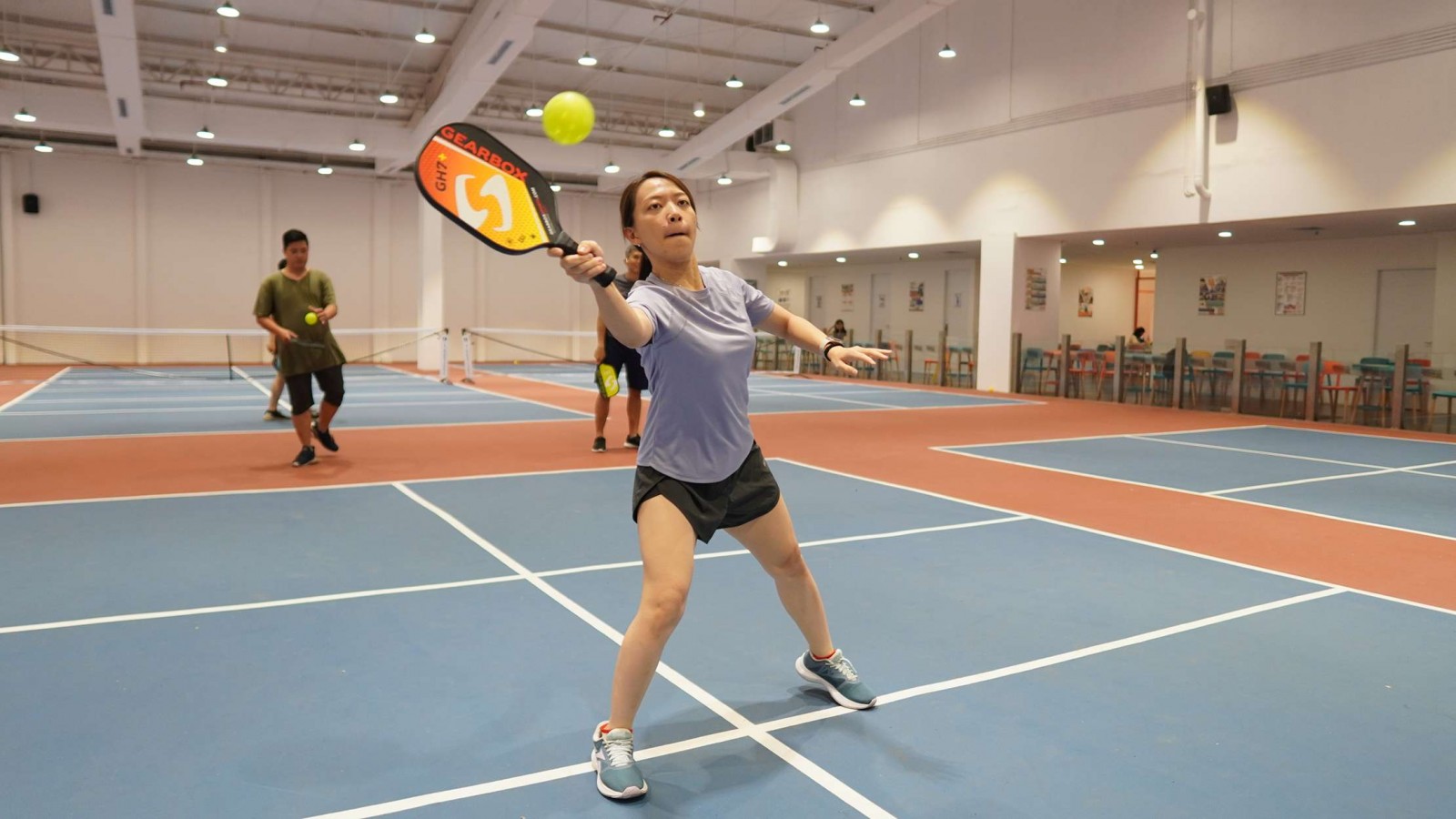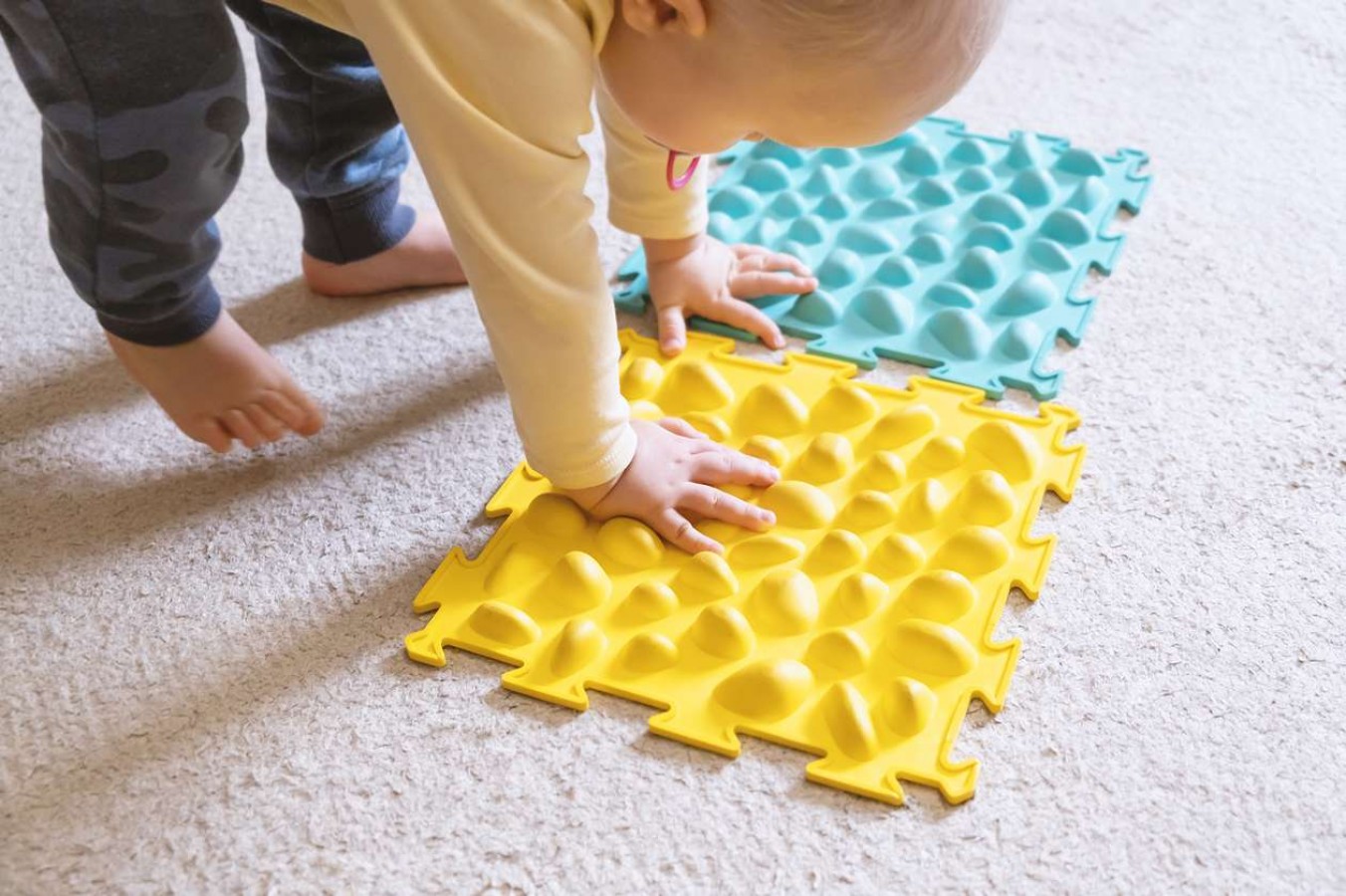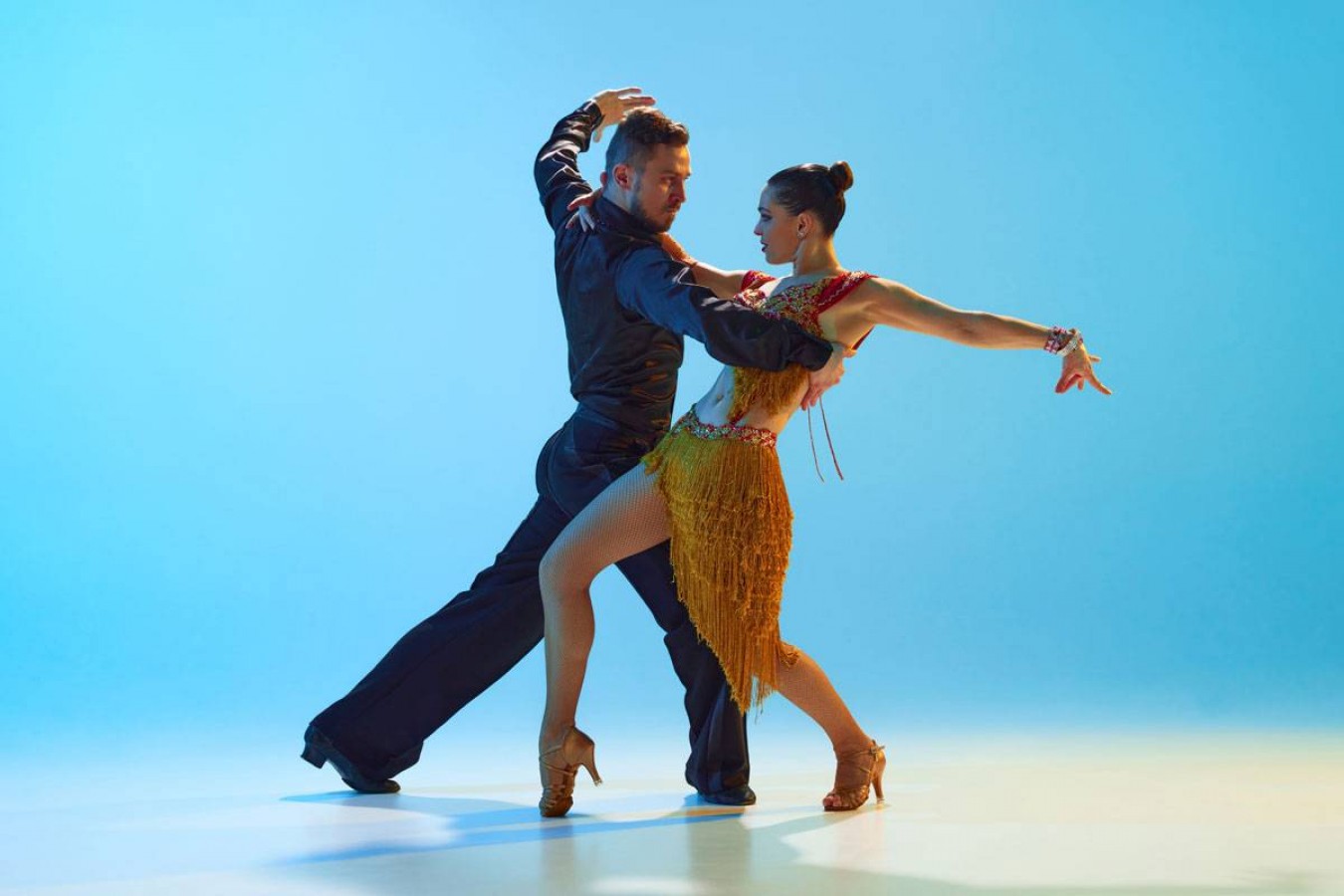Padel Vs Pickleball: The Differences in Rules, Scoring, and More

Padel and pickleball are two racket sports growing rapidly in popularity worldwide, each offering unique elements that appeal to different types of players. While they may appear similar at first glance, these sports have distinct rules, court setups, scoring methods, and equipment.
This article will give information on the differences between padel and pickleball, covering everything from court dimensions and equipment to rules and scoring systems, to help you understand which sport may suit you best.
What Is Padel vs Pickleball?
Padel is a fast-paced racket sport that blends elements from tennis and squash, typically played in doubles on an enclosed court with walls similar to a squash court. Originating in Mexico and becoming immensely popular in Spain, padel uses solid, perforated rackets and low-compression tennis balls, emphasizing both strategy and athleticism. The walls are integral to gameplay, allowing for rebound shots, which make the game more dynamic and add complexity to rally strategies.
Padel was invented in the 1960s by Enrique Corcuera and played by Prince Alfonso and introduced the game in Spain.
Pickleball combines elements of tennis, badminton, and ping-pong, creating a fun, accessible game for players of all ages and skill levels. Played on a smaller court than tennis, pickleball uses paddles and a plastic ball with holes, similar to a wiffle ball.
Based on pickleball rules, games can be played in singles or doubles, though doubles is most common. With simpler rules and shorter rallies, pickleball has gained traction as a casual yet competitive sport.
Differences Between Padel and Pickleball
Although padel and pickleball share similarities, they differ in several key aspects that influence the playing experience. Below are the main differences in court dimensions, equipment, scoring, and rules:
1. Court Dimensions and Layout
- Padel Court
Padel court measures 32.8 ft x 65.6 ft and is enclosed by walls that allow balls to bounce off and remain in play. The net is 88 cm high at the center and 92 cm at the sides. The walls, which include glass or mesh fences, are essential to padel’s gameplay, allowing players to use them strategically in rallies.
- Pickleball Court
Pickleball courts are smaller, measuring 22 ft x 44 ft, roughly equivalent to a badminton court. There are no walls involved, making it an open-court game similar to tennis.
The pickleball net is lower than a tennis net, at 86 cm high on the ends and 91 cm at the center. Pickleball courts also feature a non-volley zone, or “kitchen,” extending 2.13 meters from the net on both sides.
2. Equipment Used
- Padel Equipment
Padel players use solid, perforated rackets (also known as “paddles”) made of composite materials, which lack strings. These paddles measure around 18.9” in length and 10.2” in width, with perforations that reduce air resistance. The ball used in padel is similar to a standard tennis ball but with slightly less pressure for a lower bounce.
- Pickleball Equipment
Pickleball paddles use flat untextured face paddles, measured 15-16” in length and 7-8” in width. The pickleball ball resembles a wiffle ball, with holes throughout its surface to slow its travel speed and create a unique bounce. The holes in the ball also contribute to different aerodynamics compared to padel or tennis balls.
3. Scoring System
- Padel
The scoring in padel is similar to tennis, following the “15, 30, 40, game” format. Matches are usually best-of-three sets, with each set won by the first team to win six games, provided they are ahead by two games. If a set reaches 6-6, a tiebreak is played, using the first-to-7 points format, which adds tension to the match.
- Pickleball
Pickleball uses a unique point-scoring system where only the serving team can score. Points are awarded when the serving team wins a rally, and games are typically played to 11 points (or 15 points in some formats), with a two-point advantage needed to win.
Pickleball games can also be part of a match format, which might be best of three games. Scoring is simplified with points announced as “server score, receiver score, and server number.”
4. Rules of Play
- Padel
- Serves are underhand and must land diagonally across the court in the service box.
- The ball can bounce off the court walls, and players are allowed to hit shots off the walls to keep the ball in play.
- Double-bounce faults, similar to tennis, apply in padel, and volleys are allowed.
- Pickleball
- Serves must be made underhand with a paddle strike below the waist, landing diagonally across the court.
- The “double-bounce rule” requires each team to let the ball bounce once on their side before they can hit a volley, adding a unique layer of strategy to the game.
- The “kitchen” or non-volley zone rule prevents players from hitting volleys too close to the net, restricting aggressive plays near the net.
Padel vs Pickleball, Which One?
Although these two games use more or less the same tools, in fact in terms of rules, score calculation, how to play has its own characteristics. But undeniably, this game is a derivative of similar games such as badminton, ping-pong and tennis.
Both padel and pickleball offer exciting ways to enjoy racket sports with distinct styles and strategies. Padel’s use of walls and larger court size creates a more complex game with longer rallies and strategic depth.
Pickleball, on the other hand, is accessible, straightforward, and ideal for players of all ages. Choosing between the two depends on personal preferences, access to facilities, and the level of physical exertion you’re looking for in a sport.
Padel and pickleball might be rare sports in Indonesia, but if you're interested, Rockstar Academy has you covered! Join a pickleball class at Rockstar’s Sports & Performing Arts Academy, part of Indonesia’s top One-Stop Physical Education Center.
Ready to take your skills to the next level? You’ll have the chance to compete in Elite Championships to sharpen your competitive edge. Plus, you can sign up for a free trial class to get a taste of the magic firsthand before committing. Let’s get started at Rockstar and experience quality training like never before!
FAQ
Which sport is better for beginners, padel or pickleball?
Pickleball is generally more beginner-friendly, thanks to its simpler rules, smaller court, and slower pace. Padel has a steeper learning curve due to the use of walls and a larger court.
Do both padel and pickleball require doubles play?
While doubles are common in both, pickleball is frequently played in singles, especially at recreational levels. Padel is almost exclusively played in doubles, as the court is designed for four players.



